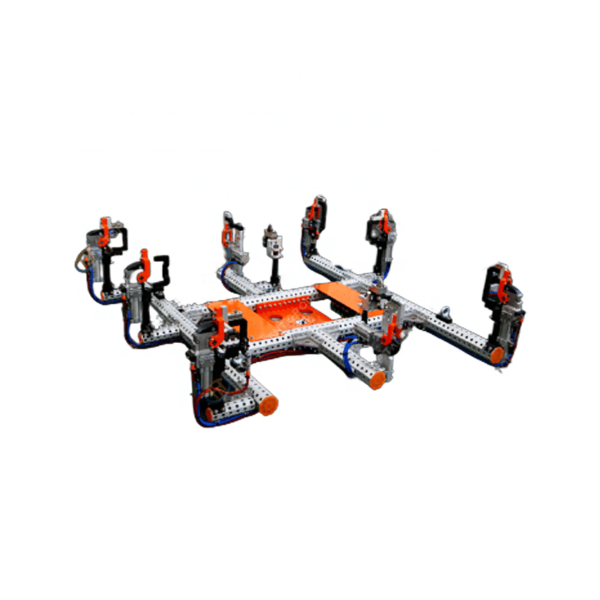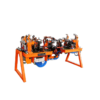Phone:
+86 13828 600940
Physical address:
No.8Liyuan Road, Bogang community, Shajing Street Baoan District, Shenzhen, China










The specific features of automotive welding cell checking fixtures can vary depending on the welding process, component complexity, and customer requirements. We also incorporate additional features specific to their welding cell setup and production needs.
| Brand Name | Favamill |
| Product Name | Automotive Welding Cell Checking Fixture |
| Tolerance | ±0.002mm |
| Material | SKD11, SKD 61, Cr12MOV, D2, SKH-9, RM56, ASP23 etc. |
| Design Software | AutoCAD, Solid works, PRO/E, UG |
| Standard | ISO9001 |
| Mould Type | Compound Stamping Die, Single Stamping Die, Progressive die or according to Customer’s requirements |
| First Trial | 15-25 days after mold drawing confirmed |
| Mould Life | Depends on customer’s production capacity |
| Quality confirm | Can send strip layout of die, testing video, inspection certificate and sample of product |
| Package | PE bags and carton for products, wooden case for Die/mold, or as customer’s requirements |
